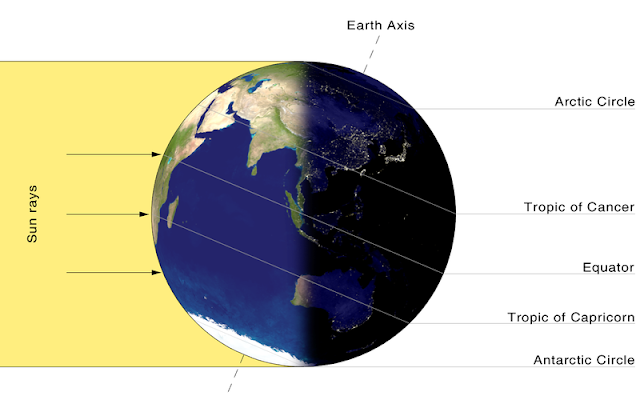The Incredulity of St. Thomas by Caravaggio (+1610).
Today is traditionally the feast of St. Thomas the Apostle, famous for his incredulity at the Resurrection of Christ, but, ultimately for his confession of Faith, "My Lord and My God." He is known to have gone East to preach the Gospel, so it is appropriate that the O Antiphon of this 21 December day is "O Oriens!"
[For more on the O Antiphons including that of today, cf. Ars bene moriendi: O Antiphons of Advent Vespers]
Tradition has St. Thomas associated with the city of Edessa, and, then, India, where he was martyred in the first century. He is thought to have done much of his work in the area of the modern Indian state of Kerala in the southwest (Malabar coast), and then been martyred at Mylapore in Tamil Nadu in the Southeast. Indeed, the ancient community of Christians in southern India are known as the Thomas Christians. The Syro-Malabar (Syro-Malabar Church Official Website) and Syro-Malankar Catholic Churches (Syro-Malankar Church Official Website) are derived from these communities, and have their center in the state of Kerala, India. Below is a splendid chart of the derivation of the branches of the St. Thomas Christians:
Here is a link to the Church of San Thome in Mylapore, Tamil Nadu, which is part of the city of Chennai (Madras), built over the tomb of St. Thomas: San Thome Church Official Website
The Old Catholic Encyclopedia notes the following of St. Thomas:
"Little is recorded of St. Thomas the Apostle, nevertheless thanks to the fourth Gospel his personality is clearer to us than that of some others of the Twelve. His name occurs in all the lists of the Synoptists (Matthew 10:3; Mark 3:18; Luke 6, cf. Acts 1:13), but in St. John he plays a distinctive part. First, when Jesus announced His intention of returning to Judea to visit Lazarus, "Thomas" who is called Didymus [the twin], said to his fellow disciples: "Let us also go, that we may die with him" (John 11:16). Again it was St. Thomas who during the discourse before the Last Supper raised an objection: "Thomas saith to him: Lord, we know not whither thou goest; and how can we know the way?" (John 14:5). But more especially St. Thomas is remembered for his incredulity when the other Apostles announced Christ's Resurrection to him: "Except I shall see in his hands the print of the nails, and put my finger into the place of the nails, and put my hand into his side, I will not believe" (John 20:25); but eight days later he made his act of faith, drawing down the rebuke of Jesus: "Because thou hast seen me, Thomas, thou hast believed; blessed are they that have not seen, and have believed" (John 20:29)."
For more on this great Apostle to the East, you might follow these links:
Catholic Saints Info: St. Thomas the Apostle
Old Catholic Encyclopedia: St. Thomas the Apostle
The position of the Earth today, the Winter, or Southern, solstice.
[CC BY-SA 2.0, https://commons.wikimedia.org/w/index.php?curid=113521]
Today, at 4:47PM EST is also the Winter solstice -- when the Sun reaches its southernmost point on the ecliptic and is directly overhead at the Tropic of Capricorn. Thus, for the Northern Hemisphere, today is the shortest day of the year. On the bright side, however, the length of days now increase until the summer solstice in late June.
Thus, with Christmas, the light increases, as with the Nativity of St. John the Baptist it decreases: "illum oportet crescere me autem minui" (John 3:30). Christ is, indeed, the light of the world -- Veni, O Oriens!
Live well!



No comments:
Post a Comment